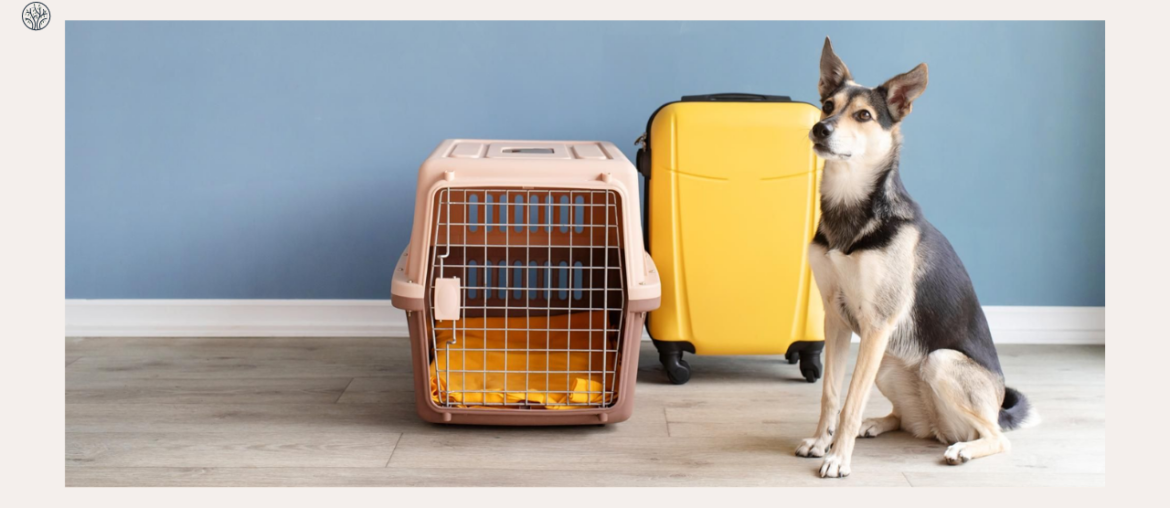Most rescue dogs suffer from separation anxiety. If you have adopted one of them, one of the solutions is crate training your dog. It is the process of teaching your dog to associate a crate with a safe space where they can relax and feel secure. This method is more complex than putting rescue dogs in a crate and leaving them there. It requires patience, consistency, and positive reinforcement. In this article, we will show you how to crate train a rescue dog w/ separation anxiety step by step. So let’s start and dive in the world of dog training.
Can Crate Training Help Separation Anxiety?
Separation anxiety is when a dog becomes highly anxious and distressed when left alone or isolated from their owner. It manifests in various ways, such as excessive barking, whining, howling, chewing, scratching, or even self-harm.
There are various reasons to consider, including trauma, abuse, neglect, abandonment, or lack of socialization in their previous homes. Separation anxiety affects any dog, regardless of age, breed, or personality. However, it is more common in rescue dogs who have experienced loss or instability.

Crate training helps a dog with separation anxiety in many ways:
First, the crate gives your dog a safe, cozy space to feel protected and calm. A crate can serve as a den for your dog, providing them security and comfort.
Second, many dogs with separation anxiety tend to chew, scratch, dig, or escape in improper places when anxious or bored. A crate prevents your rescue dogs from accessing these items or areas and keeps them safe from harm.
Third, it teaches your dog that being alone is not scary or bad. Many dogs with separation anxiety are negatively associated with being left alone or separated from their owner. A crate helps you desensitize your dog and familiarize them with being alone.
However, crate training is not a magic solution for separation anxiety. Training a rescue dog is more than putting your dog in a crate. You also need to address their anxiety’s hidden causes and triggers. Please provide adequate mental and physical stimulation, socialization, and affection for the best results.
How to Crate Train A Rescue Dog with Separation Anxiety?
Choose the Right Crate
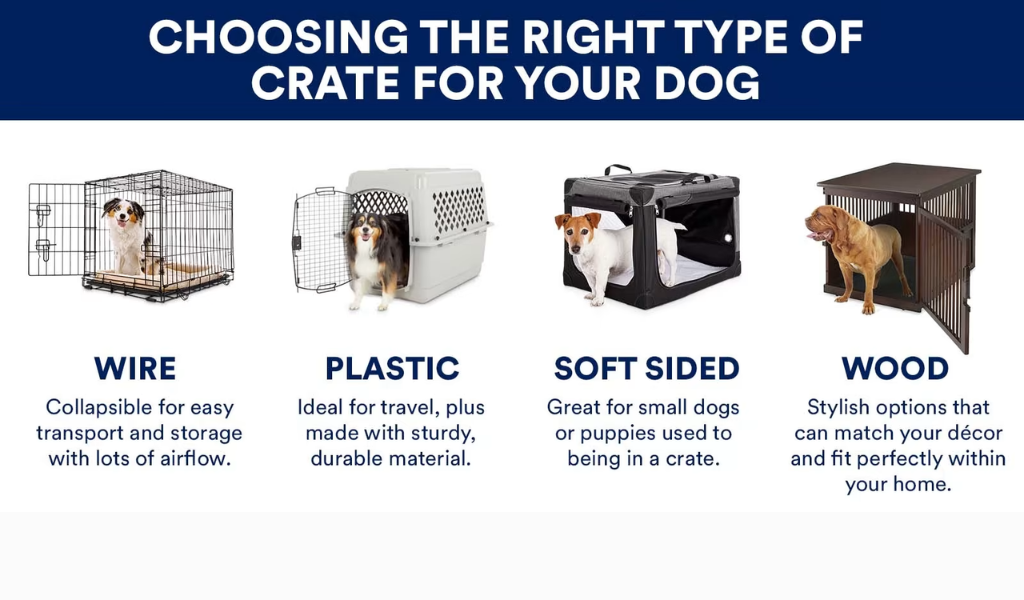
How to crate train a rescue dog starts with choosing the right crate for your dog. The crate should be large enough for your companion to stand up, turn around, and lie comfortably. Meanwhile, it should not be too large that the dog can use one corner as a bathroom.
Take time to choose a sturdy, secure, and well-ventilated crate. You can choose between different types of crates, such as wire, plastic, or fabric, depending on your preference and budget.
Create a Safe and Happy Space
The second step to crate-train rescue dogs is to make the crate a safe and happy space for your dog. Follow these tips for success:
- Placing the crate in a quiet and familiar area of your home where your dog can see you and feel part of the family.
- Furnishing the crate with soft bedding, blankets, pillows, or towels that smell like you or your dog.
- Adding some toys, chew items, or puzzles that your dog loves and that can keep them amused and stimulated.
- Spraying some calming pheromones or aromatherapy oils on the bedding or around the crate to reduce stress and anxiety.
- Feeding your dog in the crate or giving them treats whenever they go near or inside the crate to create positive connections.
Acclimate Your Dog To Your Leaving Routine
The next step is to desensitize your dog to the leaving procedure. It means gradually exposing your dog to the cues that hint that you are leaving. For example, try putting on your shoes, coat, or keys or opening and closing the door at the time you leave.
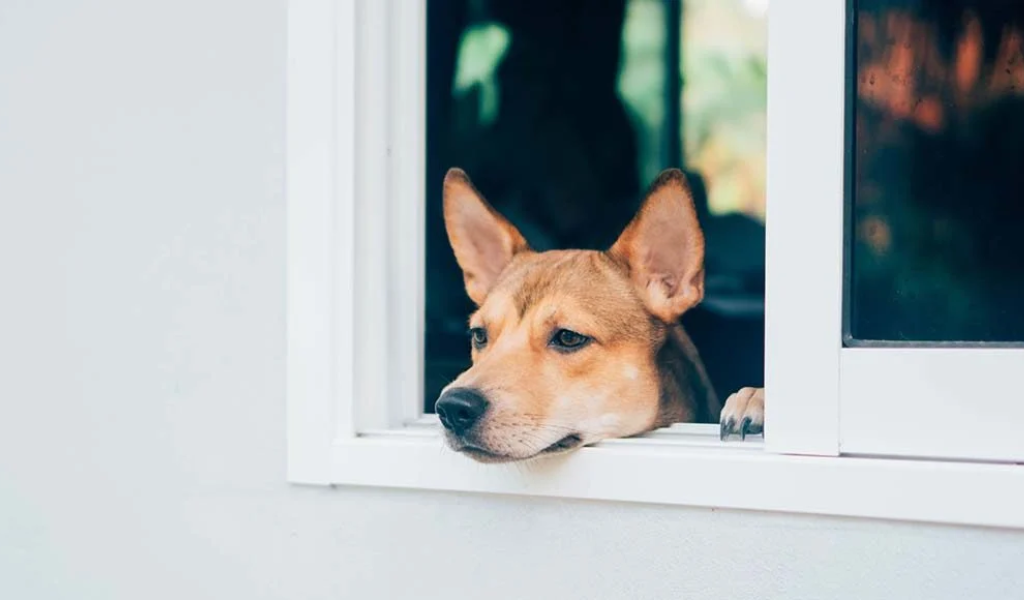
To help your dog get used to your leaving, start doing the leaving routine cues randomly and frequently during the day without actually going anywhere or making a big deal about it. When your dog stays calm and relaxed during these practice sessions, reward them with treats, toys, or praise. This action lets them know that they’re doing a great job.
Keep practicing and gradually make the cues last longer and feel more real. As time flies, your dog gets used to it and stops getting anxious when you leave. With patience and positive reinforcement, your furry friend will become more relaxed with your departure.
Combine Leaving and Arriving Commands
The next step in crating your dog is to combine the leaving and arriving commands with the crate. This step means teaching your dog to go in and out of the crate on cue and rewarding them. Here is how you do it step-by-step:
- Using a consistent word or phrase for each command, such as “crate” for going in and “free” for coming out.
- Luring your dog into the crate with a treat or a toy and saying the command “crate”.
- Rewarding your dog with the treat or the toy when they go in and closing the door behind them.
- Opening the door after a few seconds and saying the order “free”.
- Rewarding your dog with another treat or toy when they come out and praising them.
- Gradually increase the time your dog stays in the crate before letting them out.
If you’re finding the training process tough to follow, don’t worry! Check out SpiritDog Training‘s rescue dog bundles – they’ve got you covered. For just $99.00, you get access to great benefits, including the Potty Training Course, Stop Jumping Mini-Course, and the essential Crate Training Course.
Plus, here’s the best part: you can use a 20% off coupon to snag this top-notch bundle without draining your wallet. Don’t miss out on this fantastic chance to give your rescue dog the best training possible.
Avoid Overexcitement During Departure/Arrival
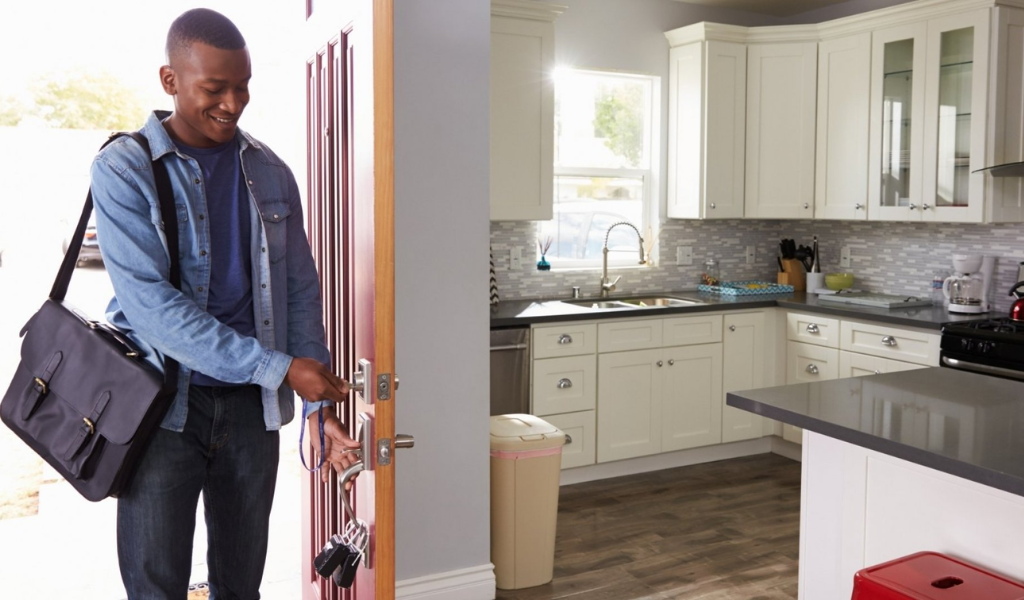
When crate training a rescue dog with separation anxiety, acting calmly when leaving or coming back is crucial. Your dog can sense your emotions, so it’s best to stay relaxed.
Ensure to avoid lengthy goodbyes or getting overly excited when you leave. Instead, keep it simple and say a quick goodbye. Also, try not to pay too much attention if your dog barks or whines for attention before you leave.
When you return home, give your dog time to chill in their crate before saying hello. You can wait until they are calm before giving them attention. This step helps your furry friends understand that being calm gets rewarded. Finally, be calm and composed when opening the crate to let your dog out.
Staying calm and consistent during departures and arrivals makes your rescue dog feel more secure and less stressed in their crate.
Remember, it takes time and patience, but your furry friend will learn to feel relaxed even when you’re not around. With practice, they’ll see the crate as a safe and positive place.
Avoid Disciplining for Anxious Behavior
When you’re crate training a rescue dog with separation anxiety, punishing them for feeling scared or anxious is a bad thing. Punishing your dog won’t make their anxiety go away. It might make them even more scared and upset.
When your dog acts out in the crate, they’re not being bad on purpose. These furry friends are simply showing their fear or distress, and they don’t know why you’re mad or upset with them.
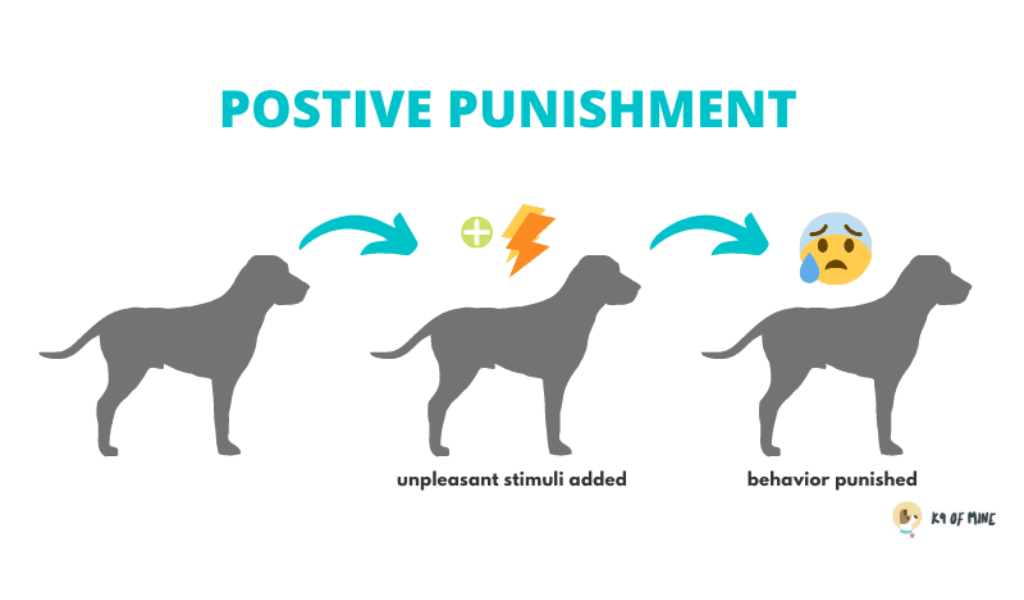
Instead of punishing your dog, it’s better to figure out what’s causing their anxiety and help them in a positive way. Giving them treats and rewards when they stay calm in the crate is a good tip. They need to learn that it’s okay to be alone sometimes. Plus, keep them entertained and spend time together let them stay away from getting bored or stressed.
If your dog’s anxiety is severe or doesn’t get better with crate training, ask a vet or a certified dog trainer for help. Another way to get helpful advice is by joining online dog training courses. They are professionals in the industry and will know what you and your companion need.
Be Patient and Practice Consistently
The last tip for crate training a rescue dog with separation anxiety is to be patient and consistent in your approach. It’s crucial not to rush or force your pet to spend too much time in the crate, especially if they seem uncomfortable.
Remember, crate training is a slow process. It may take several weeks or even months for your dog to feel completely at ease in their crate.
If your dog has setbacks or seems to struggle, getting frustrated or angry won’t help them feel more comfortable. Instead, try to courage and assist them throughout the process.
How to Crate Training For Puppies

Crate training is different for puppies than for adult dogs in some ways. Puppies are more curious, playful, and energetic than adult dogs. That makes them more interested in exploring their crate and less likely to resist it.
However, puppies also have shorter attention spans, weaker bladder, and bowel control. They have less experience being alone than adult dogs, making them more prone to accidents, boredom, or distress in the crate.
Therefore, before crate training a puppy, you need to consider these two factors:
- Size: The chosen crate must suit your puppy’s current size and expected growth. There are two options: Buy a crate that will fit your puppy when fully grown and use a divider to adjust the space as they grow. Or you can buy a smaller crate that fits your puppy now and replace it with a larger one later.
- Time: You must limit the time that your puppy spends in the crate according to their age and development. A general rule of thumb is puppies can hold their bladder for an hour every month of age, plus one. Besides, please avoid leaving your puppy in the crate for longer than 8 hours, even at night.
Final Thoughts
We hope this article has given you some valuable tips and guidelines on how to crate train a rescue dog with separation anxiety. Remember that every dog is different, and you must follow your companion’s pace and signals when crate training them.

